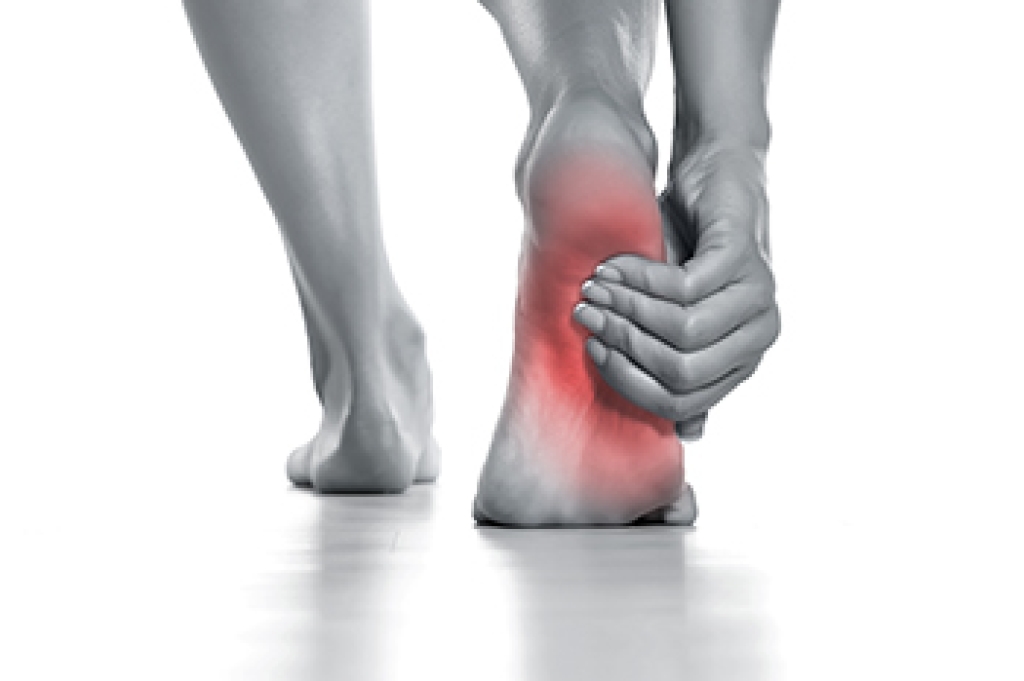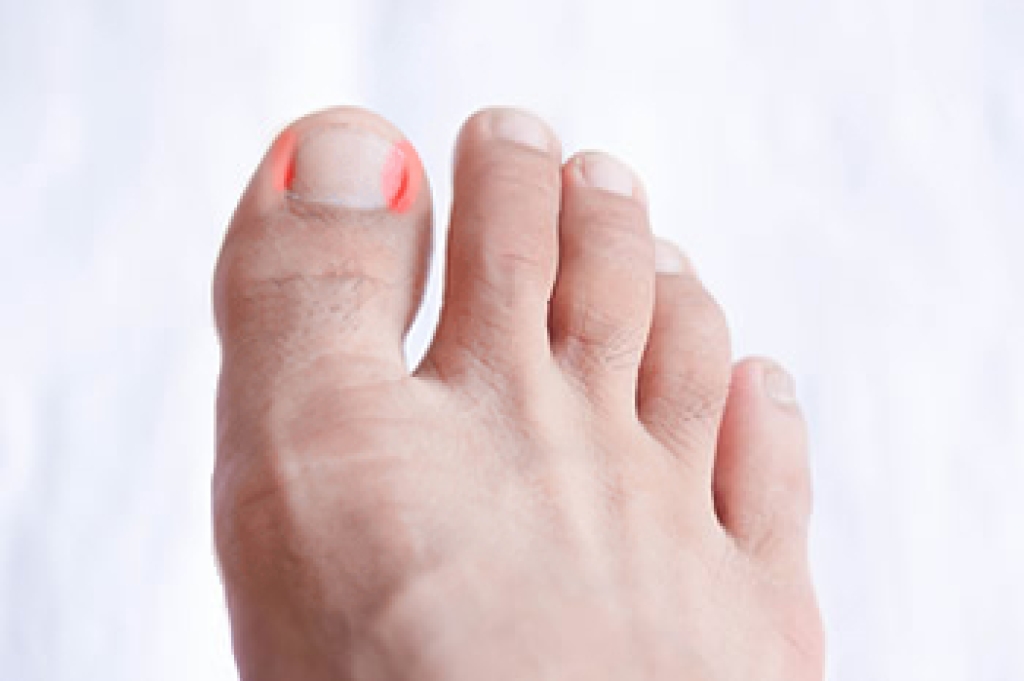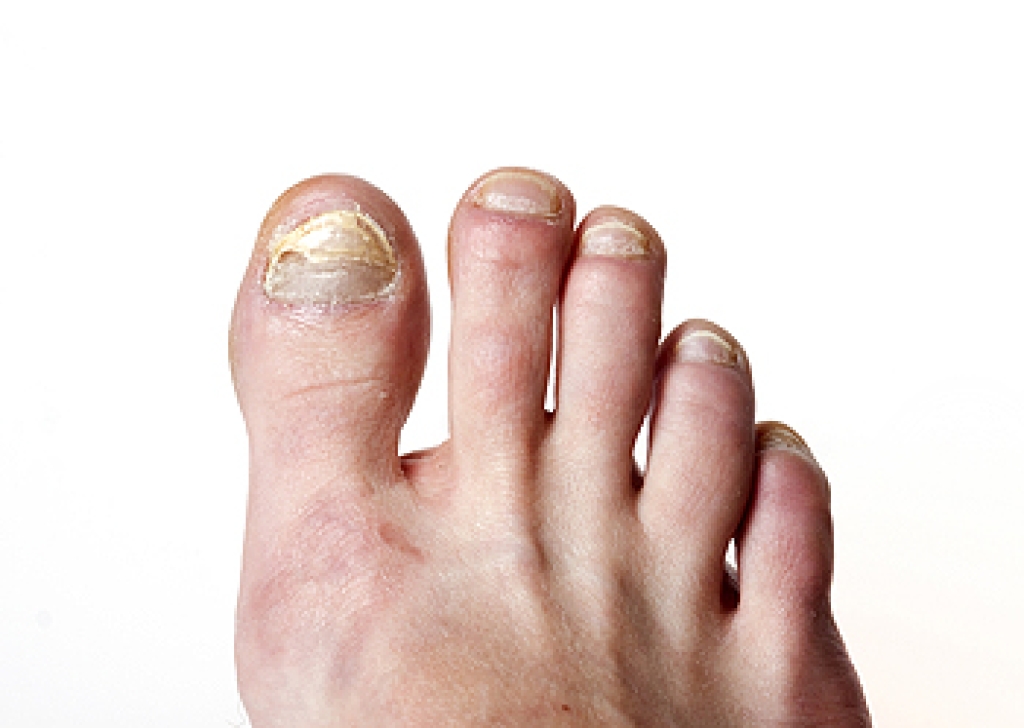
Heel pain is a frequent complaint that can make walking or standing difficult. One of the most common causes is plantar fasciitis, which involves irritation of the thick band of tissue along the bottom of the foot. Heel spurs, small bony growths, can also cause pain by pressing into soft tissue. Other causes include Achilles tendinopathy, bursitis, stress fractures, or nerve compression. Wearing poor footwear, flat feet, or sudden increases in activity often make symptoms worse. Pain may be sharp in the morning, dull by evening, or triggered by certain movements. Each cause requires a different approach to treatment, from rest and stretching to custom orthotics or medical care. Ignoring heel pain can lead to more serious problems, over time. If your heel pain is not improving, it is suggested you see a podiatrist for a diagnosis and appropriate treatment.
Many people suffer from bouts of heel pain. For more information, contact one of our podiatrists of Mercer Ocean Podiatry. Our doctor can provide the care you need to keep you pain-free and on your feet.
Causes of Heel Pain
Heel pain is often associated with plantar fasciitis. The plantar fascia is a band of tissues that extends along the bottom of the foot. A rip or tear in this ligament can cause inflammation of the tissue.
Achilles tendonitis is another cause of heel pain. Inflammation of the Achilles tendon will cause pain from fractures and muscle tearing. Lack of flexibility is also another symptom.
Heel spurs are another cause of pain. When the tissues of the plantar fascia undergo a great deal of stress, it can lead to ligament separation from the heel bone, causing heel spurs.
Why Might Heel Pain Occur?
- Wearing ill-fitting shoes
- Wearing non-supportive shoes
- Weight change
- Excessive running
Treatments
Heel pain should be treated as soon as possible for immediate results. Keeping your feet in a stress-free environment will help. If you suffer from Achilles tendonitis or plantar fasciitis, applying ice will reduce the swelling. Stretching before an exercise like running will help the muscles. Using all these tips will help make heel pain a condition of the past.
If you have any questions please contact our office located in Toms River, NJ . We offer the newest diagnostic and treatment technologies for all your foot and ankle needs.




